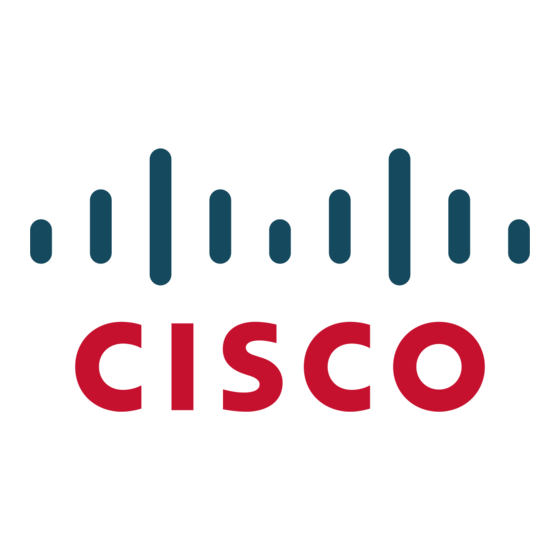Cisco Profile Series Manuel de démarrage - Page 38
Parcourez en ligne ou téléchargez le pdf Manuel de démarrage pour {nom_de_la_catégorie} Cisco Profile Series. Cisco Profile Series 42 pages. Jbod on the 12g sas modular raid controller
Également pour Cisco Profile Series : Manuel de démarrage (41 pages), Manuel de l'utilisateur (44 pages), Manuel de l'utilisateur (7 pages), Manuel de démarrage (35 pages), Manuel de référence rapide (2 pages), Manuel d'installation (44 pages), Manuel de configuration (13 pages), Fiche d'installation (2 pages), Manuel d'installation (2 pages), Manuel de démarrage rapide (4 pages), Manuel de démarrage rapide (4 pages), Manuel d'installation (16 pages), Manuel de démarrage (32 pages), Manuel (16 pages), Manuel de démarrage (46 pages)

